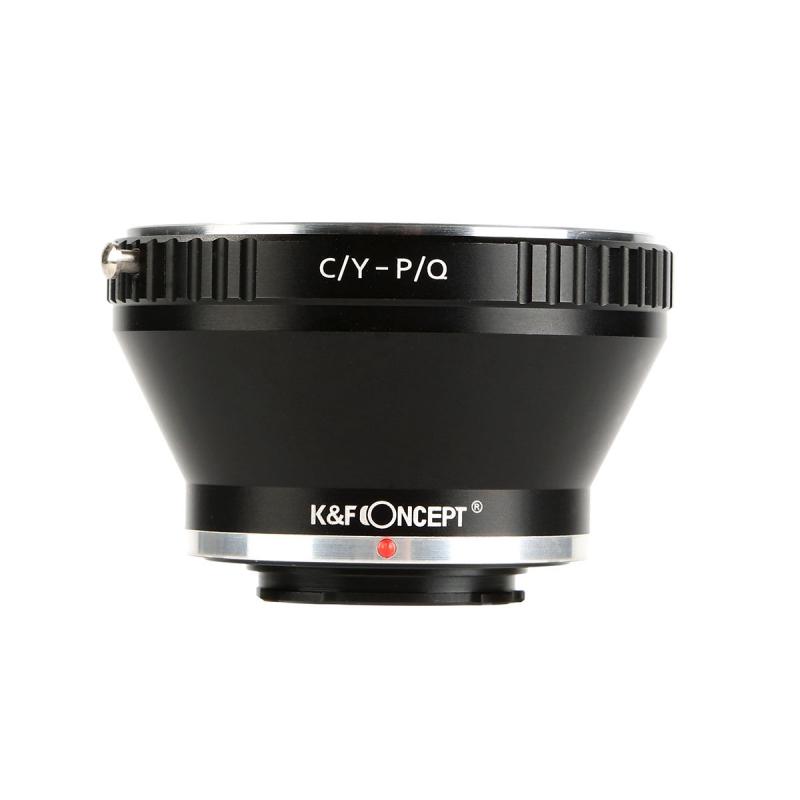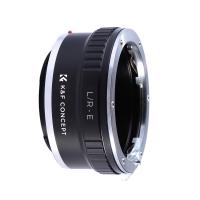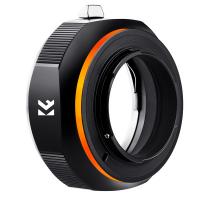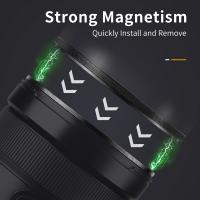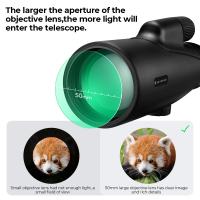When To Use Red Lens Filters ?
Red lens filters are typically used in photography or videography to enhance certain aspects of the image. They are commonly used in specific situations such as underwater photography, landscape photography, or astrophotography.
In underwater photography, red lens filters help to correct the color distortion caused by the water's absorption of different wavelengths of light. By adding a red filter, it helps to restore the natural colors of the underwater scene, making the image appear more vibrant and true to life.
In landscape photography, red lens filters can be used to enhance the contrast and saturation of the image. They can help to deepen the blue skies and make the clouds stand out more prominently. Additionally, red filters can also be used to create dramatic effects by emphasizing the warm tones in a sunset or sunrise.
In astrophotography, red filters are often used to capture specific celestial objects or phenomena. For example, they can be used to enhance the visibility of certain nebulae or to capture the red hues of a lunar eclipse.
Overall, the use of red lens filters depends on the desired effect and the specific conditions of the photography or videography situation.
1、 Photography: Enhancing contrast and reducing haze in landscape photography.
When to use red lens filters in landscape photography is primarily to enhance contrast and reduce haze. Red filters are particularly useful when shooting landscapes with a lot of blue skies or water, as they help to darken the sky and make clouds stand out more. By blocking out blue light, red filters can create a more dramatic and moody atmosphere in the image.
Red filters also help to reduce haze caused by atmospheric conditions such as pollution or humidity. They can cut through the haze and make distant objects appear sharper and more defined. This is especially beneficial when photographing landscapes with mountains or other far-off elements.
In addition to enhancing contrast and reducing haze, red filters can also be used creatively to create unique effects. For example, they can intensify the colors of autumn foliage or make green vegetation appear more vibrant. Red filters can also be used to create a sense of warmth and nostalgia in a landscape photograph.
It is important to note that the use of red filters may require adjustments in exposure settings, as they reduce the amount of light entering the camera. It is recommended to use a tripod to ensure stability and avoid camera shake when using red filters, as longer exposure times may be necessary.
In conclusion, red lens filters are a valuable tool in landscape photography for enhancing contrast, reducing haze, and creating unique effects. They can add depth and drama to images, making them more visually appealing. However, it is important to experiment and practice with red filters to understand their impact on different scenes and lighting conditions.
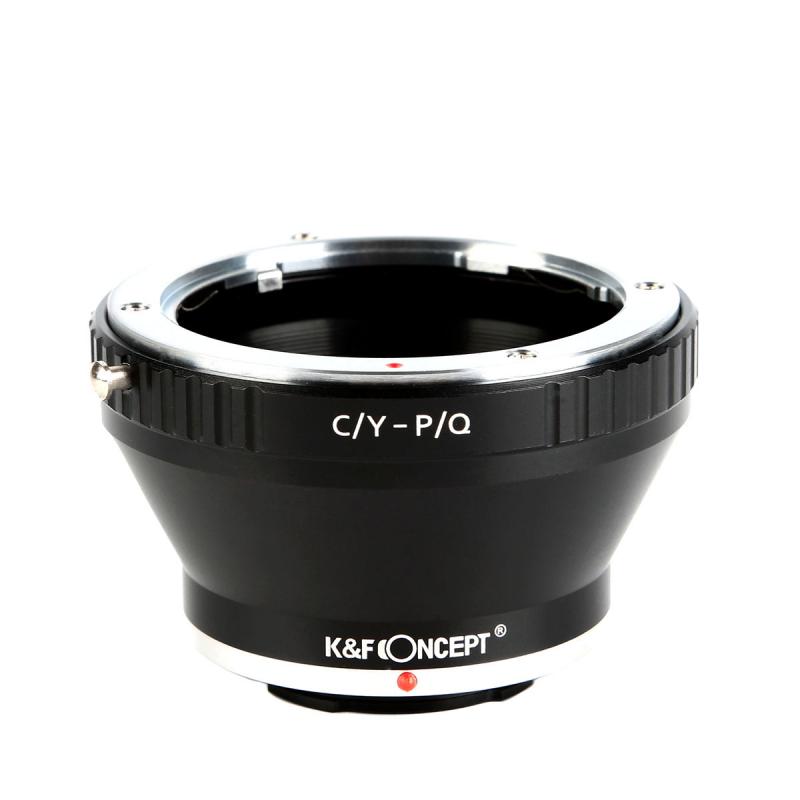
2、 Cinematography: Creating a dramatic effect and enhancing skin tones.
When to use red lens filters in cinematography can be for creating a dramatic effect and enhancing skin tones. Red filters can add a sense of intensity and emotion to a scene, making it suitable for capturing intense moments or creating a sense of danger or urgency. The red filter can enhance the contrast and saturation of colors, making the scene visually striking and captivating.
In terms of skin tones, red filters can help to add warmth and depth to the complexion. It can make the skin appear more vibrant and healthy, giving a pleasing aesthetic to the overall image. This can be particularly useful when shooting close-ups or portraits, as it can enhance the natural beauty of the subject.
However, it is important to note that the use of red filters should be done with caution and consideration. Overusing or misusing red filters can result in an unnatural or exaggerated look, which may not be suitable for every scene or subject. It is essential to understand the desired effect and the impact it will have on the overall visual storytelling.
It is also worth mentioning that with advancements in digital post-production techniques, the use of physical lens filters has become less common. Many of the effects achieved with red filters can now be replicated or adjusted in post-production, giving filmmakers more flexibility and control over the final look of the film.
In conclusion, red lens filters can be used in cinematography to create a dramatic effect and enhance skin tones. However, their usage should be carefully considered and balanced with the overall visual storytelling goals.
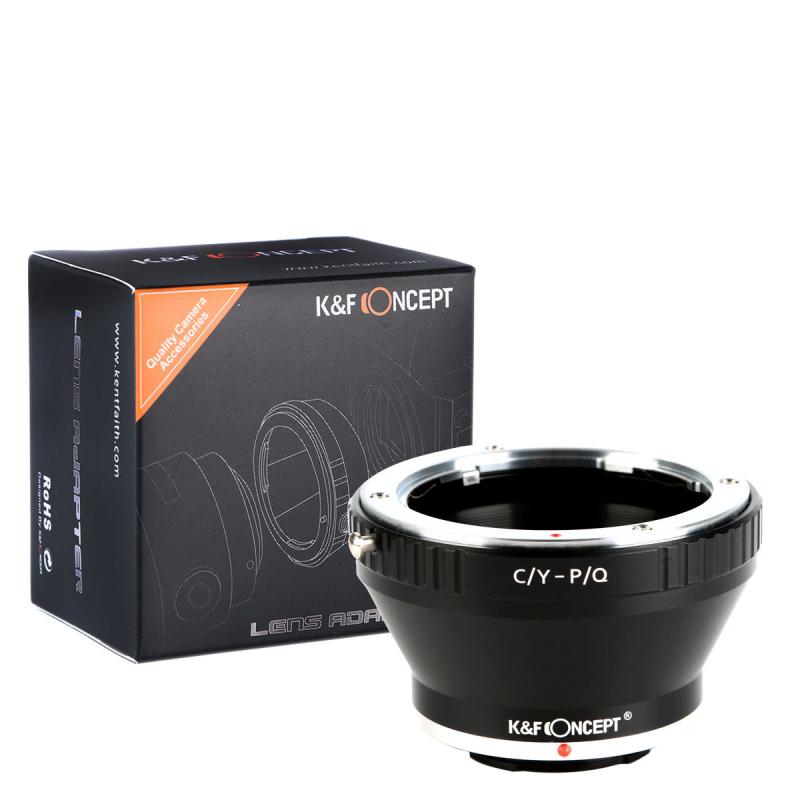
3、 Astronomy: Observing and photographing celestial bodies, such as Mars.
When observing and photographing celestial bodies, such as Mars, red lens filters can be used in certain situations to enhance the viewing experience and capture more details. Red filters are commonly used in astronomy for several reasons.
One of the main reasons to use a red lens filter is to enhance the visibility of certain features on Mars. The Martian surface is rich in iron oxide, giving it a reddish hue. By using a red filter, astronomers can increase the contrast between the surface features and the surrounding terrain, making it easier to observe and photograph details such as craters, valleys, and polar ice caps.
Additionally, red filters can help to reduce the effects of atmospheric turbulence and improve image clarity. The Earth's atmosphere can cause distortions and blurring when observing celestial objects, especially when they are low on the horizon. Red filters can help to mitigate these effects by filtering out certain wavelengths of light that are more prone to scattering in the atmosphere.
It is worth noting that the use of red filters in astronomy is not without controversy. Some argue that the benefits of using red filters are minimal and that they may even introduce their own set of issues, such as reducing overall image brightness. Others suggest that modern digital imaging techniques and post-processing software can achieve similar results without the need for physical filters.
In conclusion, red lens filters can be used in astronomy, particularly when observing and photographing celestial bodies like Mars, to enhance visibility, increase contrast, and reduce atmospheric distortions. However, the effectiveness and necessity of using red filters may vary depending on individual preferences and the specific equipment and techniques employed.
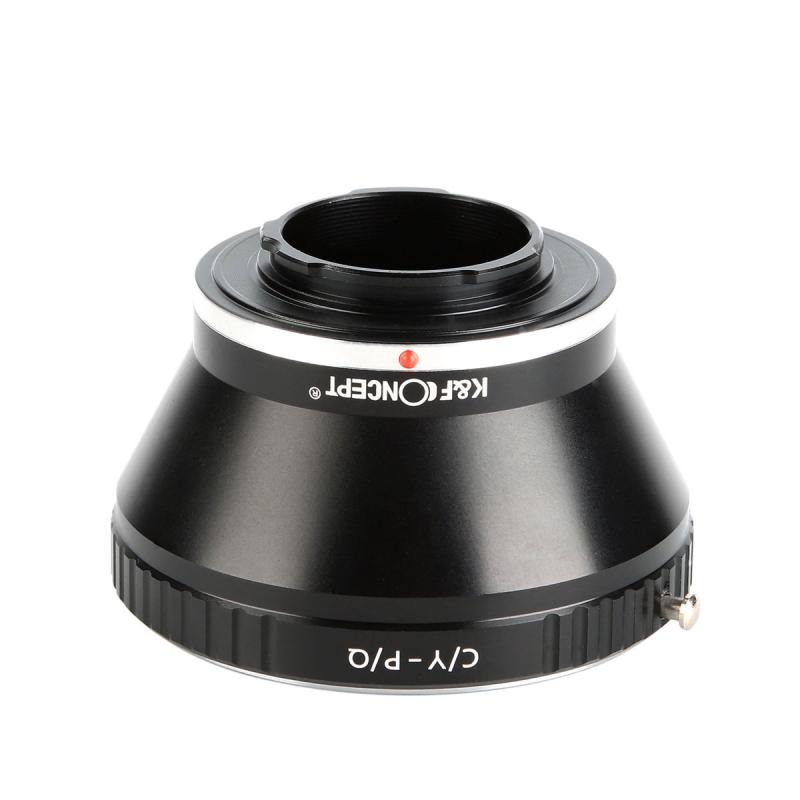
4、 Underwater photography: Correcting color distortion and enhancing contrast.
When to use red lens filters in underwater photography is primarily to correct color distortion and enhance contrast. When light enters water, it undergoes a process called absorption, where certain colors are absorbed more than others. As a result, underwater images often appear blue or greenish due to the loss of red and warm tones.
Red lens filters are used to counteract this color distortion by allowing more red light to reach the camera sensor. By filtering out the blue and green wavelengths, the red filter helps restore the natural colors of the underwater scene. This correction is especially important when photographing at greater depths, where the loss of red light is more pronounced.
Additionally, red filters can enhance contrast in underwater photography. The filter helps to separate the subject from the background by darkening the blue and green tones, making the subject stand out more prominently. This can result in more vibrant and visually appealing images.
It is worth noting that the use of red filters is most effective in clear, blue water conditions. In murkier or greenish waters, the filter may not be as effective in correcting color distortion. In such cases, other techniques like post-processing adjustments may be necessary to achieve accurate colors.
As technology advances, some underwater cameras now have built-in color correction settings or white balance adjustments that can mimic the effects of red filters. However, red filters remain a popular and reliable tool for underwater photographers, especially for those using traditional cameras without advanced color correction capabilities.
In conclusion, red lens filters are used in underwater photography to correct color distortion and enhance contrast. They allow more red light to reach the camera sensor, restoring natural colors and making the subject stand out. While advancements in camera technology offer alternative solutions, red filters remain a valuable tool for underwater photographers.
